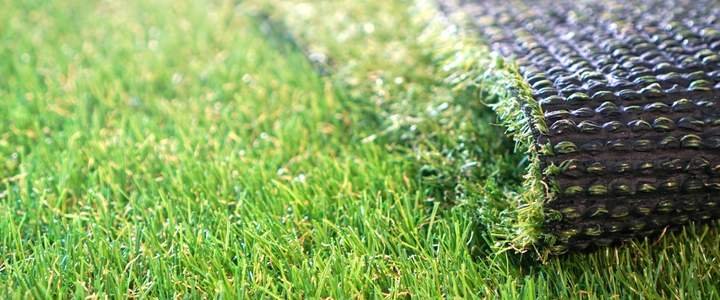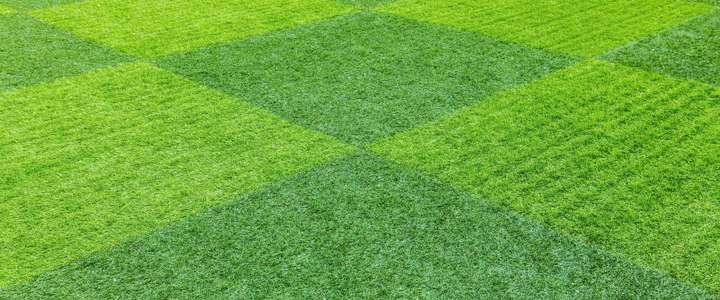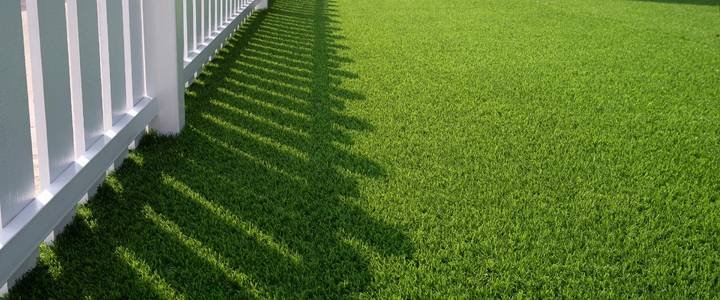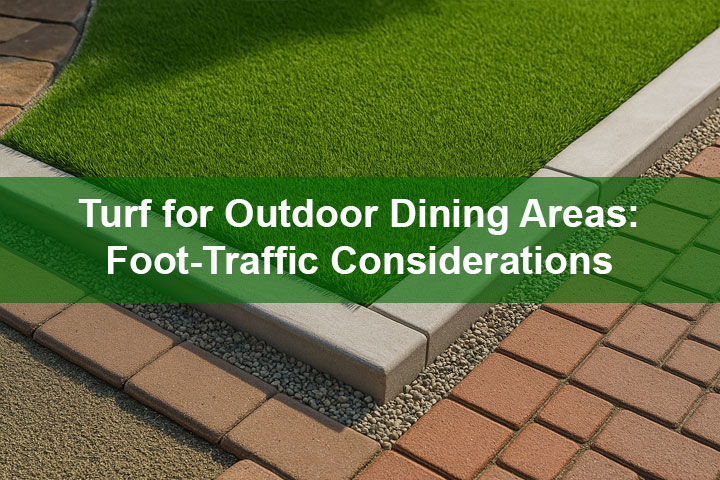Artificial grass lifespan is a crucial factor to consider when deciding whether to install synthetic turf for your home or commercial space. The expected life of artificial turf depends on the quality of the product, its intended use, and the amount of direct sunlight it’s exposed to. With better quality materials, lower traffic, and less sun exposure, artificial grass can last anywhere from 8–10 years on the low end to 15–20 years on the high end.
In this article, we’ll explore what influences artificial grass lifespan and share practical maintenance tips to maximize its durability and value.
What You’ll Learn in This Article:
- Factors Affecting Artificial Grass Lifespan
- How Quality Impacts Durability
- The Role of Traffic and Usage
- Effects of Sunlight on Artificial Grass
- Common Problems That Shorten Lifespan
- Tips for Proper Maintenance
- Choosing the Right Artificial Grass for Your Needs

Factors Affecting Artificial Grass Lifespan
The lifespan of artificial grass is determined by three key factors: quality, usage, and exposure to sunlight. Understanding these elements will help you make informed decisions about installation and maintenance.
Learn how long artificial turf lasts, key factors affecting its lifespan, and maintenance tips.
- Quality of Materials: Higher-quality yarns and backings provide better durability and resistance to wear and tear.
- Traffic and Usage: Heavy use in high-traffic areas like sports fields or playgrounds will cause quicker wear than light use in residential yards.
- Sunlight Exposure: Constant exposure to UV rays can degrade fibers, causing discoloration and loss of structural integrity over time.
For those installing artificial grass for pets, consider visiting our Pets Turf Solutions page to learn about products designed to withstand the demands of pets while maintaining durability and comfort.
Discover the benefits of artificial grass, potential challenges, and what to look for when choosing the right product for your needs. Whether you’re aiming for a lush lawn or a low-maintenance solution, this resource has everything you need to know before investing in artificial grass.

How Quality Impacts Durability
Not all artificial grass products are created equal. High-quality turf is designed with premium materials that significantly extend its lifespan. Here’s what to look for when choosing artificial grass:
- Durable Fibers: Polyethylene and polypropylene are common materials; polyethylene offers better durability for heavy-use areas.
- Strong Backing: A well-made backing ensures the grass stays intact and resists damage from weather or regular use.
- UV-Resistant Coating: A UV-protected turf will retain its vibrant color and strength for longer.
For those planning to use artificial grass for outdoor living spaces, check out our Outdoor Living solutions to find premium products perfect for patios, rooftops, and balconies.

The Role of Traffic and Usage
The amount of foot traffic artificial grass endures directly affects its longevity. For example:
- High-Traffic Areas: Sports fields, playgrounds, and event spaces experience constant wear, leading to faster degradation.
- Moderate-Traffic Areas: Front yards, patios, or walkways with moderate use generally see longer-lasting results.
- Low-Traffic Areas: Decorative landscaping or side yards often maintain their appearance with minimal maintenance.
If you’re considering synthetic turf for sports fields or other high-use applications, visit our Sports Turf Solutions page to explore durable, high-performance options.

Effects of Sunlight on Artificial Grass
Prolonged exposure to sunlight can reduce the lifespan of artificial grass. UV rays break down the fibers over time, causing fading and brittleness. To mitigate these effects:
- Choose UV-Protected Turf: Many artificial grass products include UV-resistant coatings to maintain color and integrity.
- Provide Shade: Install shading structures or plant trees strategically to reduce direct sunlight exposure.
- Rotate Usage Areas: For spaces with movable furniture or play equipment, rotate their location periodically to prevent uneven wear.
For shaded areas or creative landscaping, explore our Artificial Ivy and Plants solutions for complementary greenery that enhances your outdoor aesthetics.

Common Problems That Shorten Lifespan
Several challenges can impact the durability of artificial grass, but most can be addressed with proactive care:
- Wear and Tear from Heavy Use: Intense activity in specific areas can lead to flattened or frayed fibers.
- UV Degradation: Without UV protection, fibers may discolor and weaken prematurely.
- Poor Installation Quality: Improper base preparation or seam joining can cause uneven wear and early failure. This guide provides a step-by-step walkthrough for installing artificial grass, covering preparation, installation, and maintenance tips.
- Drainage Issues: Inadequate drainage systems can result in water pooling, mold, and backing damage.
- Damage from Pets or Wildlife: Scratching, digging, or chewing by animals can harm the fibers and base.
- Infills Losing Effectiveness: Infills may compact or migrate over time, reducing the turf’s resilience.
For DIY enthusiasts, visit our DIY Artificial Grass Guide for tips and resources to address common issues and install your turf effectively.

Tips for Proper Maintenance
Proper maintenance can significantly extend the lifespan of your artificial grass. Follow these practical tips:
- Regular Cleaning: Remove debris, leaves, and dirt using a leaf blower or soft brush.
- Brush the Fibers: Use a stiff-bristled brush to lift flattened fibers and maintain a natural look.
- Rinse as Needed: Hose down your turf to remove dust, pet waste, or spills, especially in warmer climates.
- Address Stains Promptly: Clean any spills with mild soap and water to prevent permanent stains.
- Check for Damage: Regularly inspect seams and edges for wear or separation and repair as needed.
For professional assistance with maintenance or repairs, explore our Do-It-For-Me Services for tailored solutions.
This piece outlines the necessary maintenance tasks for artificial grass, including cleaning routines and tips for prolonging its lifespan.

Choosing the Right Artificial Grass for Your Needs
Selecting the best artificial grass for your specific application is critical to maximizing its lifespan. When making your choice, consider:
- Intended Use: For high-traffic areas, choose turf with a durable fiber and backing combination.
- Sunlight Exposure: Opt for UV-protected products in sunny regions.
- Budget and Aesthetics: Higher-end products may cost more upfront but provide greater longevity and visual appeal.
Explore our Lawn Turf Solutions to find high-quality artificial grass options that balance affordability and durability, perfect for residential and commercial use.
Conclusion: Invest in Quality and Maintenance for Longevity
Artificial grass is a long-term investment that can last between 8–20 years, depending on quality, usage, and sunlight exposure. By choosing high-quality materials, installing the turf correctly, and following proper maintenance practices, you can ensure your artificial lawn remains vibrant and durable for years to come.
For expert advice, professional installation, and premium artificial grass products, contact Buy-Grass today. Whether you’re a homeowner or a commercial property manager, we’re here to help you find the perfect landscaping solution. Let us assist you in maximizing your artificial grass lifespan with tailored solutions designed to meet your needs!







